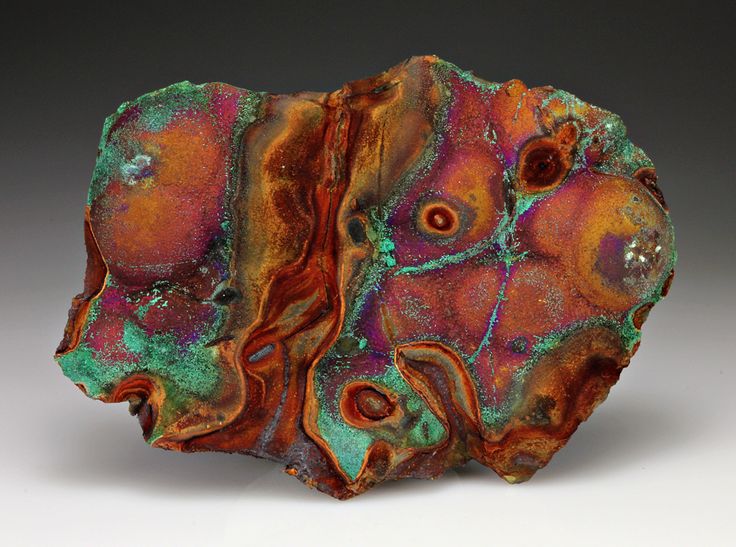Rocks are the building blocks of our planet, each with its unique characteristics and formation processes. Understanding how to identify sedimentary, igneous, and metamorphic rocks is crucial for geologists, researchers, and rock enthusiasts alike. In this comprehensive guide, we will delve into the key features, formation processes, and identification techniques for each rock type, equipping you with the knowledge to distinguish between them accurately.
I. Sedimentary Rocks:
- Formation: Sedimentary rocks are formed through the accumulation and lithification of sediments, such as sand, mud, and organic matter.
- Key Features: Look for visible layers or bedding, fossil imprints, and grain sizes that vary from fine to coarse.
- Identification Techniques: Conduct a visual examination, perform a sedimentary rock test (e.g., fizzing with acid for carbonate rocks), and analyze the rock's composition using microscopic or chemical methods.
II. Igneous Rocks:
- Formation: Igneous rocks originate from the solidification and crystallization of molten magma or lava.
- Key Features: Look for interlocking crystals, glassy textures, and vesicles (gas bubbles) in the rock.
- Identification Techniques: Determine the rock's texture (e.g., coarse-grained, fine-grained, or glassy), conduct a mineral composition analysis using a petrographic microscope, and perform a hardness test to assess the presence of specific minerals.
III. Metamorphic Rocks:
- Formation: Metamorphic rocks are formed through the transformation of pre-existing rocks under high temperature and pressure conditions.
- Key Features: Look for foliation (layering), recrystallization, and the presence of minerals like mica or garnet.
- Identification Techniques: Examine the rock's texture and structure, perform a mineral composition analysis, and use a hand lens to identify specific minerals or textures.
Conclusion:
Identifying sedimentary, igneous, and metamorphic rocks requires a keen eye for detail and a solid understanding of their formation processes and key features. By utilizing visual examination, conducting various tests, and employing microscopic or chemical analysis, geologists and enthusiasts can accurately distinguish between these rock types. Remember, rocks hold valuable clues about Earth's history and processes, making their identification a fascinating and essential skill for anyone interested in the geological wonders of our planet.




More Stories
Why A283 Carbon Steel Coil Is the Preferred Choice for Structural and Fabrication Projects
How Does an Electric Fast Charger Work? Demystifying the Technology
What Are Stacked Cores and How Do They Improve Efficiency?